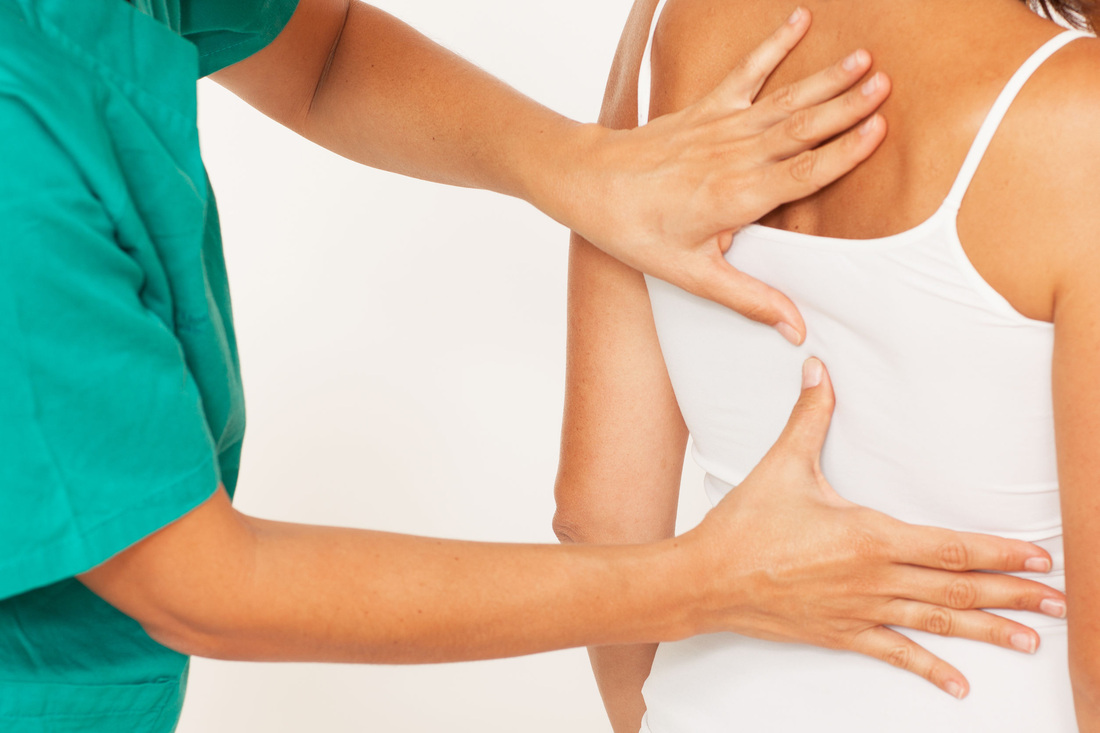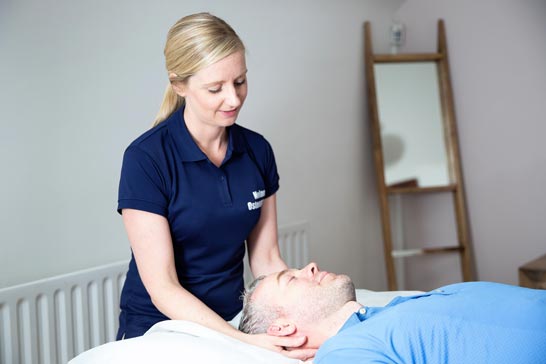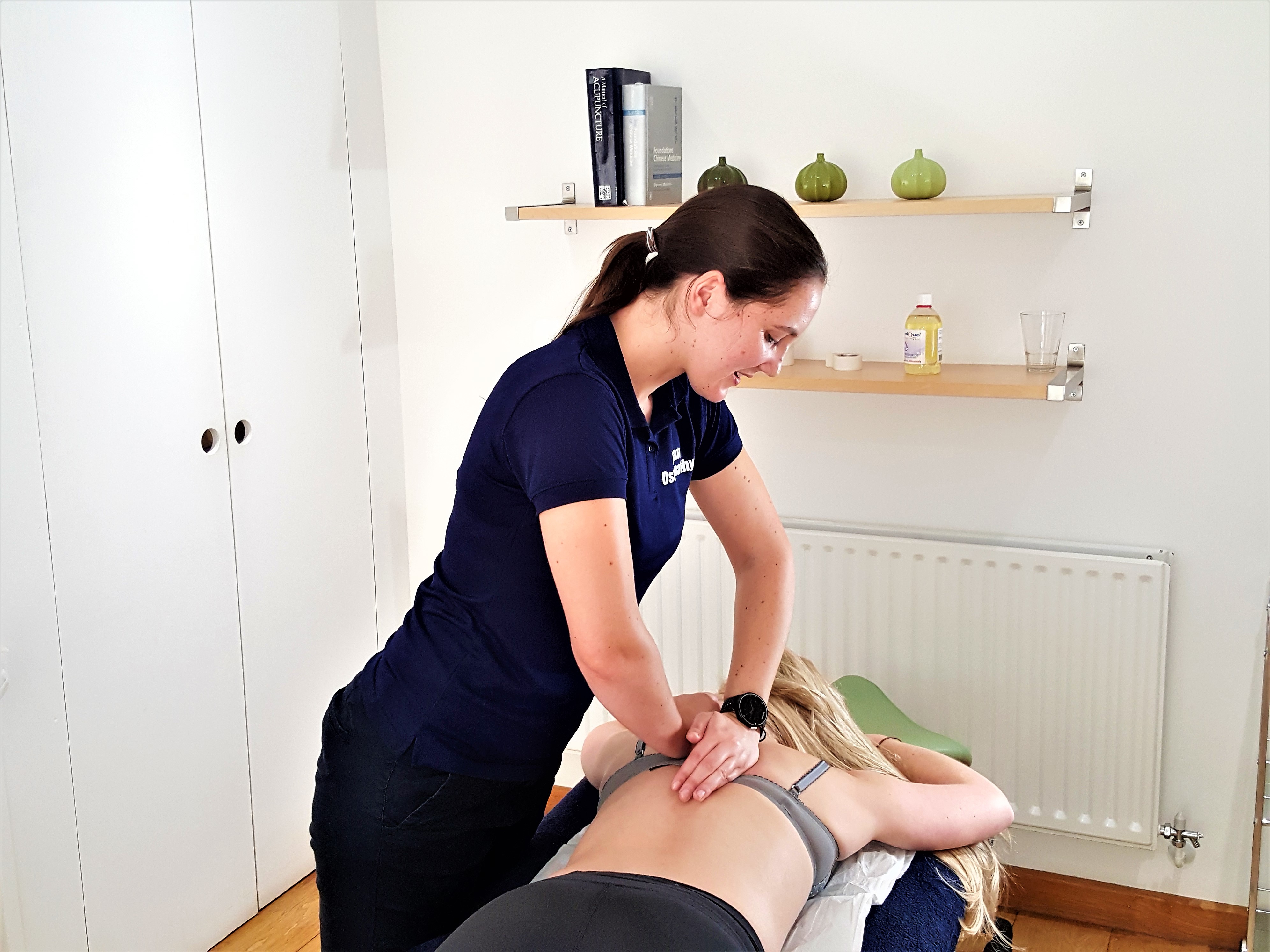What Exactly is a Slipped Disc
March 1, 2017
Maria Nolan

An adult spine consists of vertebrae (bones) and in between each of these vertebrae is a cartilage disc. Each disc has an inner gel-like substance and a tough outer ring and this acts as a cushion between each vertebrae and helps with flexibility and movement.
A slipped disc (also known as a herniated or prolapsed disc) is where one of the discs of cartilage in the spine gets damaged, causing the inner gel part of the disc to bulge or leak, which can put pressure on the surrounding nerves. The important distinction here is that the disc doesn’t actually “slip” out of place.

What causes a slipped disc?
There are several reasons why a cartilage disc can get damaged. Age is a common factor, with people aged between 30 and 50 years old most commonly affected, while men tend to be more susceptible than women.
Any movement or situation that increases the pressure on your spine could lead to a slipped disc. These include:
- Lifting something heavy or lifting awkwardly
- Bending at an awkward angle
- Prolonged period of sitting. This includes driving.
- Being overweight
- Trauma to the back/neck areas, such as a car accident or a bad fall
Symptoms of a slipped disc?
In the majority of cases, a slipped disc will affect the lower back or lumbar spine region, but you can also slip a disc in your neck. Symptoms can include;
- Pain and numbness, typically on one side of your body that can extend to your arms or legs
- Pain that worsens after lying down, standing or sitting
- Pain when walking short distances
- A tingling, aching or burning sensation in the affected area
- Unexplained muscle weakness
Interestingly, some people may have a slipped disc but it doesn’t necessarily result in pain as it doesn’t cause pressure on the nerves.
Diagnosing and treating a slipped disc?
Your osteopath will be able to diagnose a slipped disc based on your symptoms when they take your medical history at the first appointment.
Treating a slipped disc will usually involve a combination of osteopathic techniques, mainly massage and a suitable exercise plan. The aim is to reduce the inflammation and pain in the affected area and improve and maintain the mobility of the surrounding muscles and joints.
It is so important to stay active if you do have a slipped disc, as this will help prevent your joints from stiffening up, keep your back mobile and ensure that the muscles that support your spine stay strong. Moving may be difficult initially, but staying on the move will help speed up your recovery.
In some more extreme cases, surgery may be required to release the compressed nerve and remove the part of the disc that is causing the problem.
As always, we hope you find this information helpful and educational. If you’d like to find out more or have any questions, please don’t hesitate to get in touch and one of our osteopaths will be happy to chat with you.
Thanks for reading,
Maria





